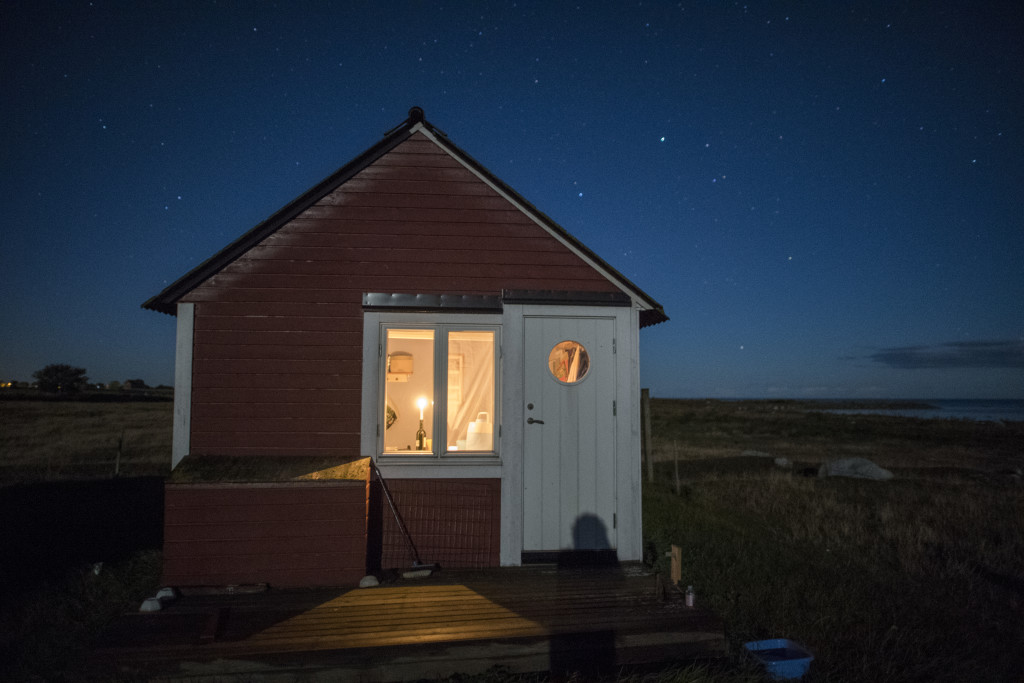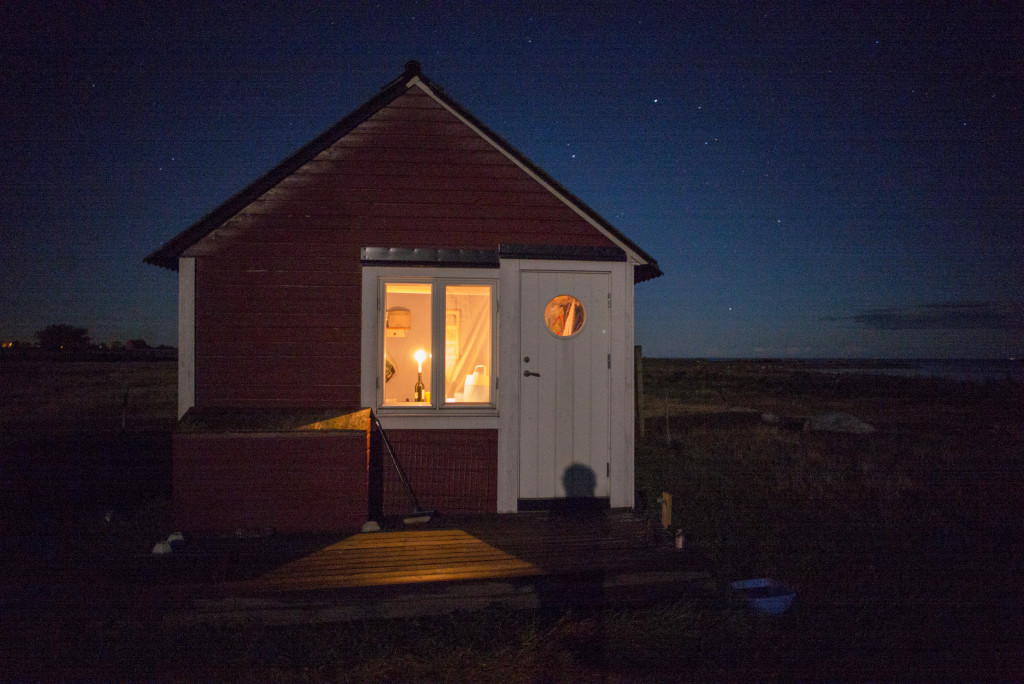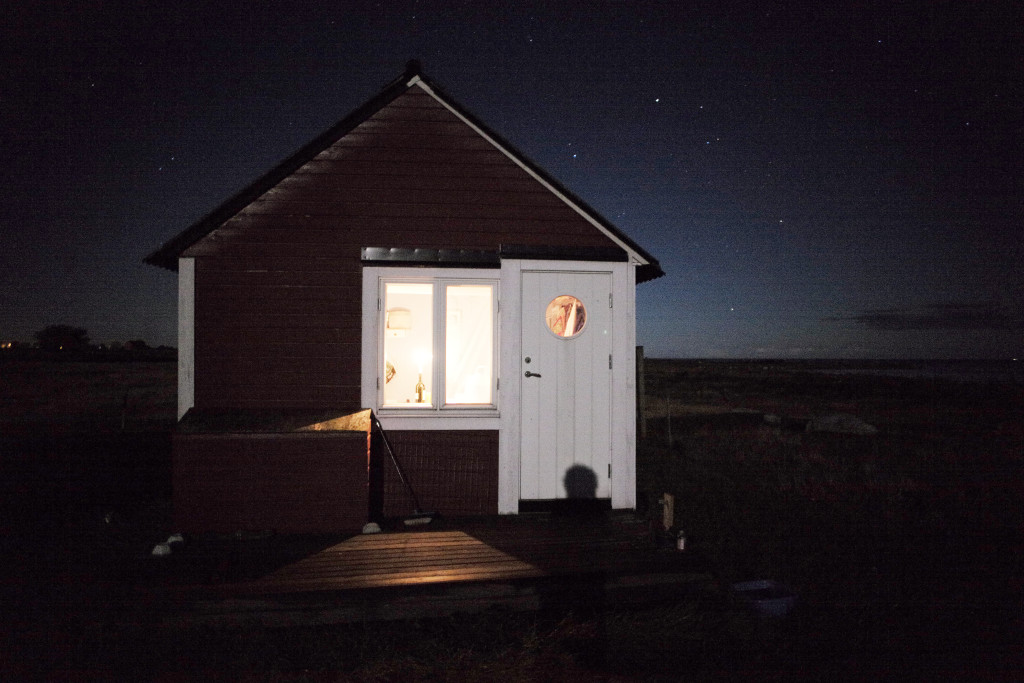Leica has been the low light champion until this millennium. The Leicas, from M3 to M6 has been superior when it comes to take pictures of non moving objects. The lenses are in many cases superior and the focusing are more precise. Specially with wide-angle high speed lenses with apertures like 1,4 or 2,0. Leitz had already the tremendous lens Noctilux 1,0 when the Summilux 35 mm 1,4 dual aspherical was presented as well as the Summilux 75 mm 1,4 made the Leica was unbeatable in realy low light situations.
Then came the Nikon D3 and of course the Canon competitors with better and better sensors as well as better performing autofocus.
I remember when i tried my first D3 with a Nikkor 35 mm 1,4. It was a match for the Leica M6 with the remarkable Summilux 35 mm. The Nikon autofocus was very precise and could match my manual focusing with the Leica. The Nikon sensor was in many ways competitive to Kodaks 1000 asa negative colorfilm.
The Nikon D4 in comparison to Leica M9 made me choose the Nikon for night time photography, and now the difference between Nikon D5 and Leica M 240 is even bigger, but still the Summilux lens is superior.
I took the D5 with Nikon AF-S 24/1,4 G ED and tried it against the Leica M 240 with the Summilux 24 mm 1,4 and the difference was bigger than i expected. Just take look at those pictures where the only light comes from the moon. 1/8 seconds, f/1,4, 12 800 Asa.
Still the Leitz lenses are superior, the focusing competitive but the sensor in D5 is really superior to the sensor in M 240.



